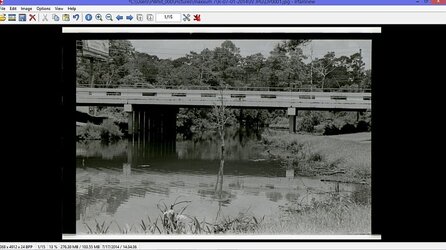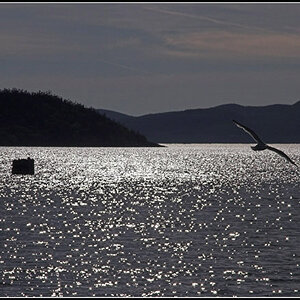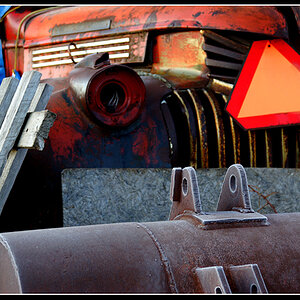llamov
TPF Noob!
I was a professional photographer more than 2o years ago. I also taught classes in black and white photography. After I closed my studio, I sold all my gear and went on to other things.
I now find myself with a desire to make images once more, but I have little knowledge of digital equipment and processes other than an inexpensive digital point and shoot. I have no darkroom or darkroom equipment. I do still have all my stainless steel tanks and reels for developing film.
What I'd like to do is once more start shooting 35mm Tri-X in a Nikon F3, FE, or FM and developing the film in HC-110. This is the equipment and the materials with which I'm most comfortable. My problem is, how do I go about from there making images for my computer or making prints.
Does scanning the negs result in anywhere near the quality I used to get in the darkroom?
Any help would be appreciated.
I now find myself with a desire to make images once more, but I have little knowledge of digital equipment and processes other than an inexpensive digital point and shoot. I have no darkroom or darkroom equipment. I do still have all my stainless steel tanks and reels for developing film.
What I'd like to do is once more start shooting 35mm Tri-X in a Nikon F3, FE, or FM and developing the film in HC-110. This is the equipment and the materials with which I'm most comfortable. My problem is, how do I go about from there making images for my computer or making prints.
Does scanning the negs result in anywhere near the quality I used to get in the darkroom?
Any help would be appreciated.



![[No title]](/data/xfmg/thumbnail/34/34347-8b81549fefc38aca163688d07a9f5ced.jpg?1619736384)
![[No title]](/data/xfmg/thumbnail/39/39443-45e1b162b6c7c1d8ebbc8faf5623b705.jpg?1619739034)
![[No title]](/data/xfmg/thumbnail/34/34346-f7996f51f0624620cfd54a488abeacf9.jpg?1619736382)

![[No title]](/data/xfmg/thumbnail/39/39440-bc17565eb7adee7f9859c53933e8543c.jpg?1619739033)


![[No title]](/data/xfmg/thumbnail/39/39446-903cfeac143cee6330a51546ecfdda92.jpg?1619739035)
![[No title]](/data/xfmg/thumbnail/39/39444-02925f6d2859f4fda0e89f2001bfc9cd.jpg?1619739034)